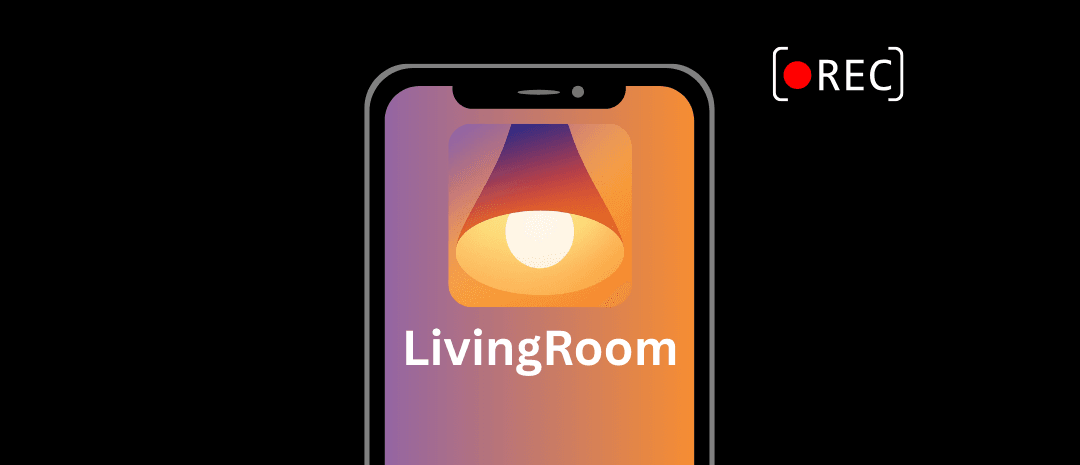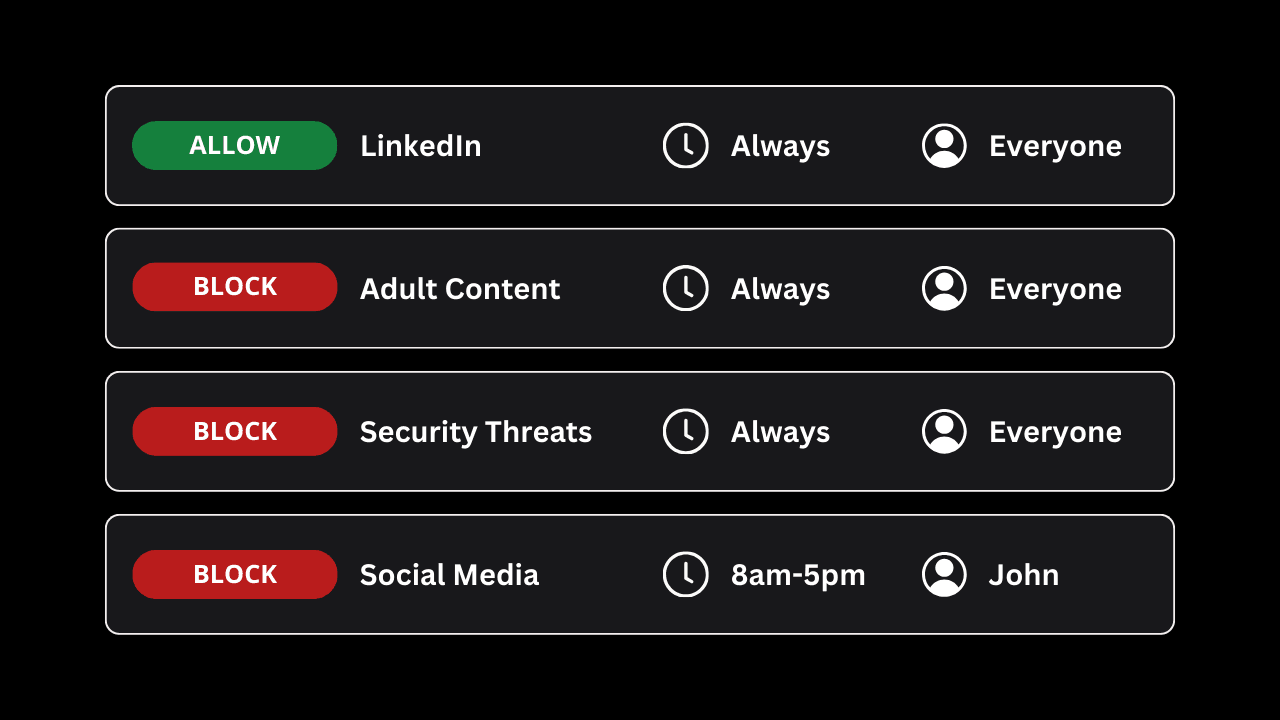Parents
Parent's Guide to Making YouTube Safe for kids
Set up effective parental controls on YouTube to restrict access to inappropriate videos.

Despite the usefulness of YouTube, some parents have discovered that it is a challenging platform from a parental control perspective. As a proactive parent, you should know how to ensure your child is using YouTube in a safe way. At a bare minimum, it's important to set up effective parental control on YouTube and know what content your child is accessing on the platform.
Setting up effective parental controls on YouTube can be challenging for a few reasons:
- A child can access YouTube many different ways. For example, using Safari or Google Chrome browsers to access YouTube outside of the app. This is a common way that children bypass parental supervision and screen time limits.
- A child can switch YouTube accounts or use YouTube when not signed in, giving the parent the illusion of parental controls being applied correctly.
- A child might use a VPN to access YouTube without parental controls or monitoring.
This guide will show you exactly how to cover all of the loopholes and choose the right parental control approach depending on the age of your child.
Choosing an effective YouTube parental control approach based on the age of your child
Before we get into implementation details, you should know that parental control recommendations change depending on the age of your child.
- If your child is below the age of 12, we highly recommend blocking YouTube and only allowing the use of the YouTube kids app. We'll show you exactly how to do this later on.
- For children over the age of 12, YouTube should be configured with strict mode enforced. We'll show you how to do this in a way that works even if your child isn't signed into YouTube or uses a browser to access it.
- In either case, we highly recommend monitoring your child's YouTube activity to ensure the YouTube algorithm isn't suggesting videos you should be concerned about.
- In both cases, we highly recommend disabling "clickbait" features for the benefit of your child's mental health.
Discourage a child of any age from accessing inappropriate videos and channels on YouTube
A comprehensive way to make YouTube safe for a child is to use a screen monitoring app to discourage them from seeking out inappropriate videos, whether they use the YouTube app or access it via a browser.
For example, LivingRoom for Families shows a recording overlay in the top corner of your child's iPhone or iPad while they browse YouTube.
This ensures they have a constant reminder to browse YouTube responsibly, whether they are using YouTube via the app or accessing it from a web browser. A child can't bypass this app and it records all device activity, so you'll know exactly what your child sees on their iPhone or iPad.
In the LivingRoom parents dashboard, you can see what your child is watching on YouTube by reviewing screenshots to catch any concerning behavior.
This approach works whether your child is attempting to browse YouTube anonymously by using a Safari private window, VPN connection, or a different YouTube account that you don't know about.

Enforce the use of YouTube Kids
For children under the age of 12, we recommend that you only allow them to use the dedicated YouTube kids app that only allows a child to access videos that are made for kids specifically.
Here's how to do that:
- Block the YouTube app on your child's device
- Block the YouTube website so they can't access YouTube within a web browser
- Download and set up the YouTube kids app
Enforce strict mode on YouTube universally with a DNS Content Policy
For kids over the age of 12, you might decide to switch them over from the dedicated YouTube kids app to the main YouTube app with strict mode enforced.
Strict mode is able to eliminate most (although not all) inappropriate videos on the platform. As a bonus, strict mode also blocks the comment section on videos.
The most universal way to enforce strict mode on YouTube, no matter what device your child uses, is to use a DNS Content Policy .
Once you add the YouTube restricted rule, the restricted mode option within YouTube will be locked on and cannot be turned off.
For example, here is restricted mode locked on when using a private browsing window on a computer:
This also works for smartphones and the YouTube app.

In addition to using a DNS content policy approach, PC and Mac users can add an additional strict mode enforcement layer with the hosts file.
To do this, you first need to be able to edit your computers hosts file .
Once you're able to access and edit you hosts file, you can the following entries to force Restricted Mode on YouTube:
## Youtube Safe Search ## 216.239.38.119 www.youtube.com 216.239.38.119 m.youtube.com 216.239.38.119 youtubei.googleapis.com 216.239.38.119 youtube.googleapis.com 216.239.38.119 www.youtube-nocookie.com
Pros:
- Generally effective, since most users won't be able to access the hosts file.
- Works at the network level, so it can't be bypassed by using a VPN or Proxy service.
Cons:
- Can be cumbersome to maintain and edit.
- Only an option for PCs and Mac devices; most smartphone don't have this option.

Disabling clickbait features on YouTube
You're likely familiar with YouTube video preview images that tend to use marketing tactics to get you to want to click on the video. This is called "clickbait" and can be problematic for your child since it might draw them into inappropriate videos or simply keep them in an endless scrolling loop.
Our suggesting is to disable images on the platform so that your child has to read the video title to decide if the video is worth watching.
We explain how to block thumbnails on YouTube in our filter content on YouTube article if you want to learn more.
Another click bait feature we recommend disabling is YouTube shorts.
Blocking Shorts on YouTube is unfortunately a bit complicated, but there are a few ways for you to disable shorts so that it is not suggested.
Using Family Link to Enforce Restricted Mode for YouTube
Family Link is a type of device supervision. It's a service that Google provides to families to help parents control the content their children see while using Google's platform. This includes YouTube.
We generally discourage setting up Family Link, because while it does provide some useful features, it fails to provide a full content blocking solution. For example, while it does allow parents to enforce restricted mode on YouTube , and even force Safe Search in Google Chrome , it doesn't block categories of content for websites, or allow you to have any assurance that your child isn't using Google while signed out of their account.
Family Link might a good idea if you are willing to go through the work of setting up the required Google accounts and setting up the required Android devices. Some of the options that Family Allows you to (outside of set YouTube's restricted mode) include:
- Set Screen Time limits for different apps.
- Choose to allow or block certain apps.
- Use location to see where your child has been.
Overall, Family Link is a decent option, however, it is not the most powerful solution available.
